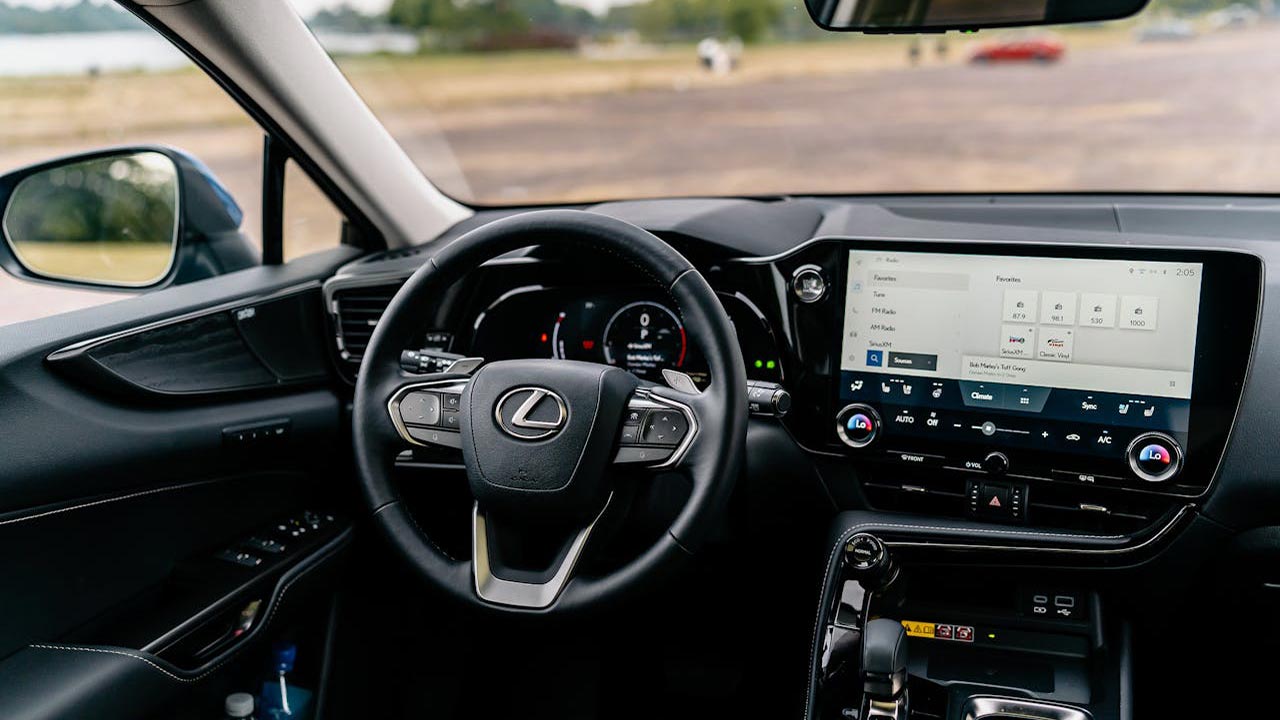
As technology advances, cars are becoming packed with more features aimed at enhancing the driving experience. However, not all of these innovations are met with enthusiasm by regulators. Some features may soon find themselves on the chopping block due to safety and environmental concerns. Here are seven car features that might be banned next.
1) Super Bright LED Headlights
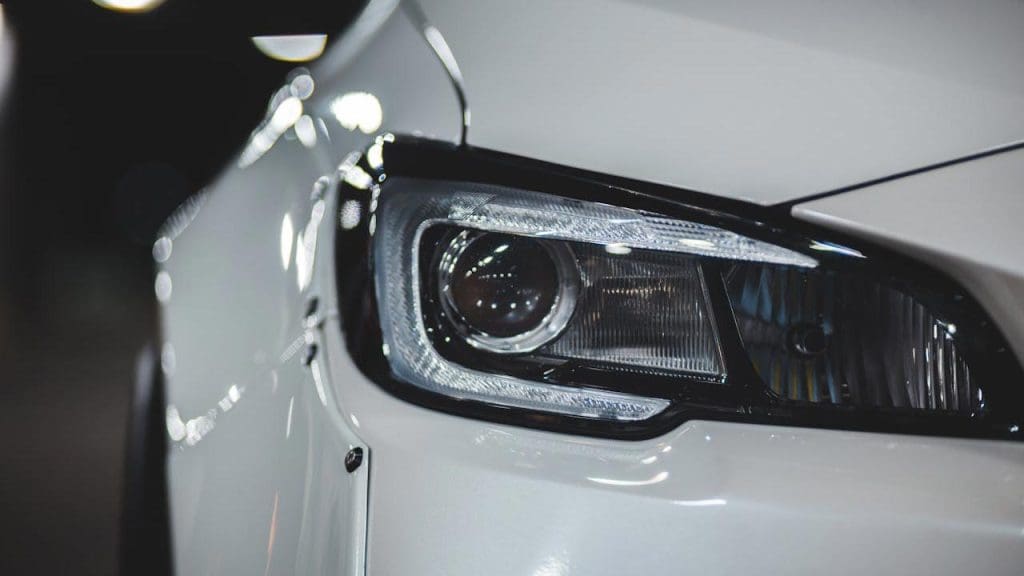
Super bright LED headlights have been a game-changer for visibility during nighttime driving. However, they may also pose a risk by causing glare for oncoming drivers, leading to potential accidents. While the enhanced visibility for the user is a plus, the negative impact on other drivers cannot be ignored. Studies suggest that excessive brightness can be hazardous. Regulatory bodies are considering restrictions to ensure road safety for everyone.
2) Aggressive Exhaust Modifications
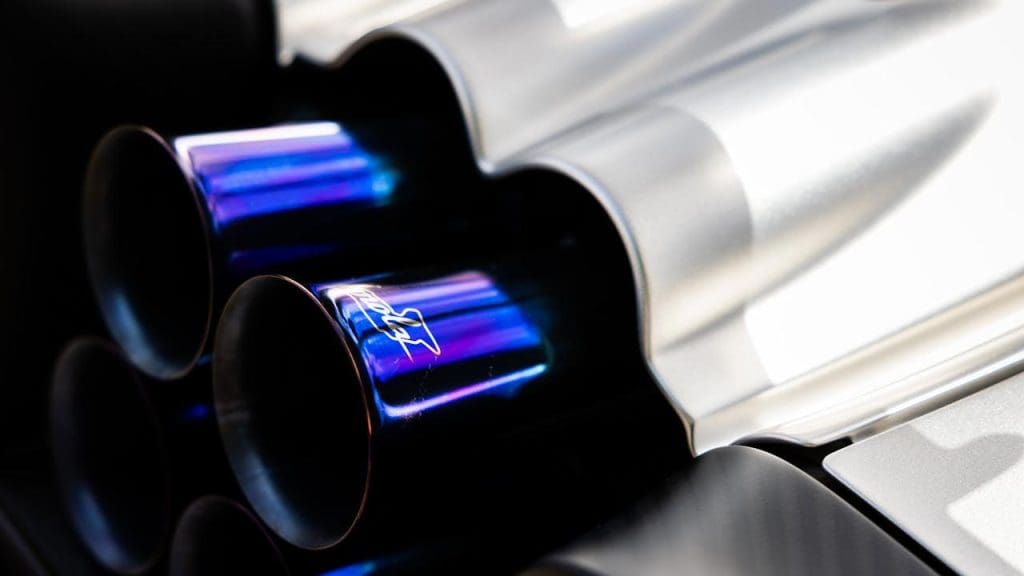
Aggressive exhaust modifications are popular among car enthusiasts looking to amplify their vehicle’s sound and performance. Yet, these modifications often exceed noise pollution limits, disturbing communities and affecting public health. According to research, excessive noise can lead to various health issues. Lawmakers are increasingly scrutinizing these modifications, and a ban could be on the horizon to maintain peace and health standards.
3) Automated Lane-Changing Systems
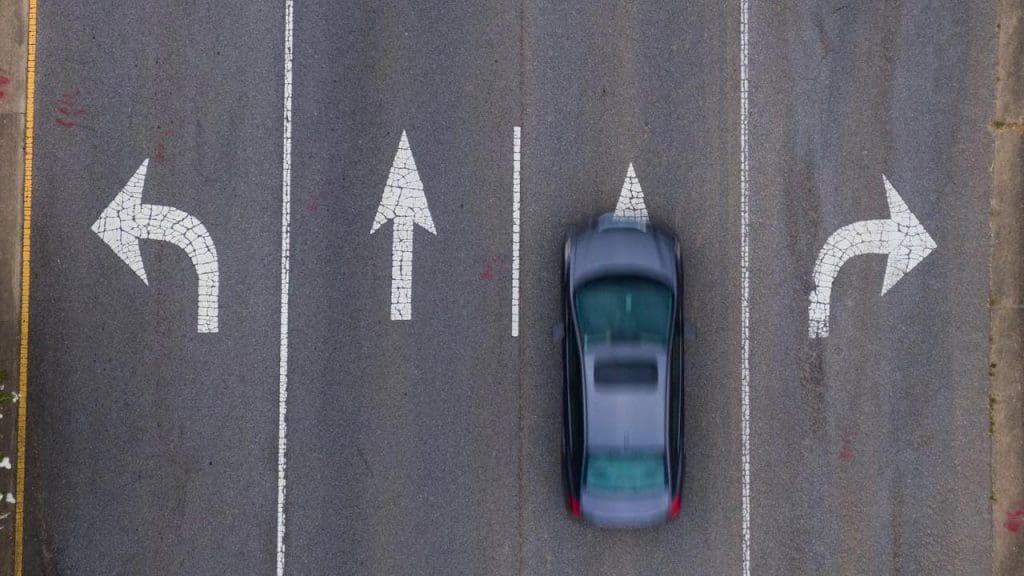
Automated lane-changing systems promise a leap forward in autonomous driving technology. However, these systems might not yet be foolproof. Concerns over their reliability could lead to increased regulation or outright bans until the technology matures. The safety implications of autonomous features are under constant review, and any flaws could trigger stricter regulations to prevent accidents.
4) In-Car Video Playback for Drivers

While in-car video playback is a great way to keep passengers entertained, it can be a major distraction for drivers. With the potential to divert attention from the road, this feature poses significant safety risks. Regulatory bodies are aware that distracted driving is a leading cause of accidents, and the removal of such features for drivers is being considered to enhance road safety.
5) Aftermarket Performance Chips
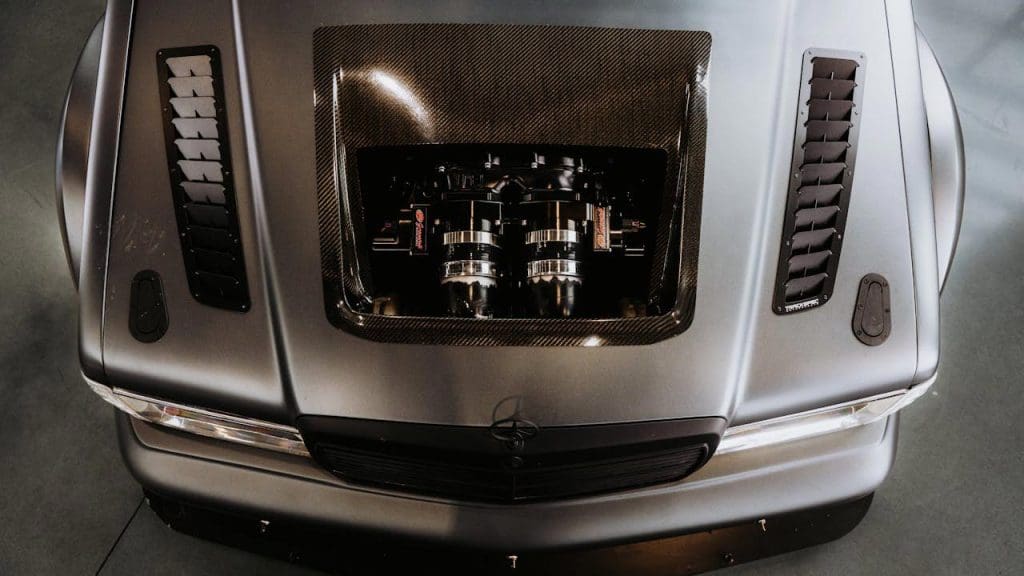
Aftermarket performance chips offer car owners the ability to boost their vehicle’s horsepower and torque. However, these modifications often violate emissions standards and can lead to increased pollution. As environmental concerns grow, performance chips could face bans to comply with emission regulations. This aligns with the global push towards more sustainable automotive solutions.
6) High-Volume Horns
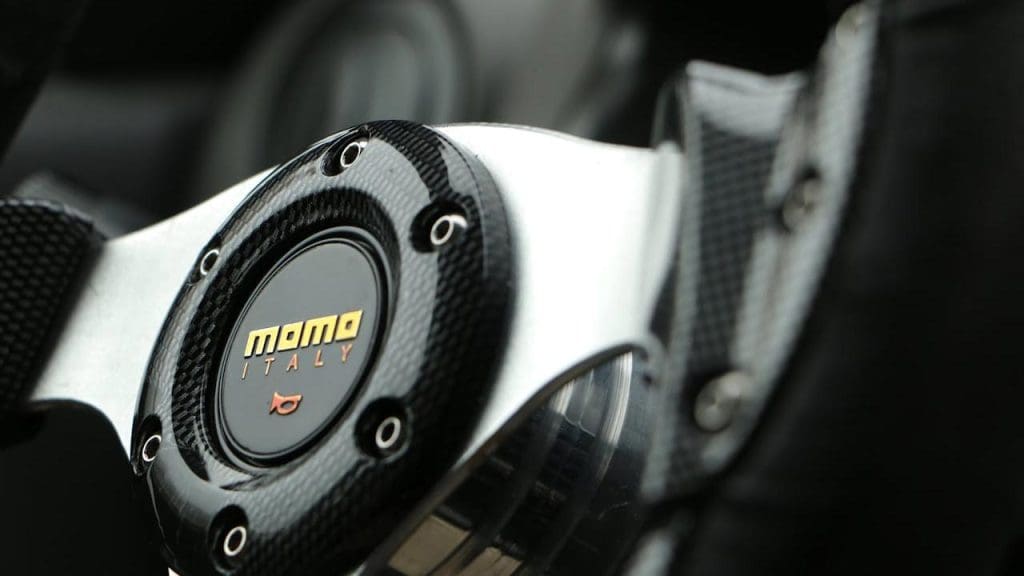
High-volume horns are often used as a safety measure to alert other drivers and pedestrians. However, excessive noise can contribute to noise pollution and disturb public peace. Authorities are evaluating the impact of these horns and considering regulations to balance safety with noise control. As cities strive to become quieter and more livable, restrictions on horn volume might soon become a reality.
7) Distracting Interior Light Displays
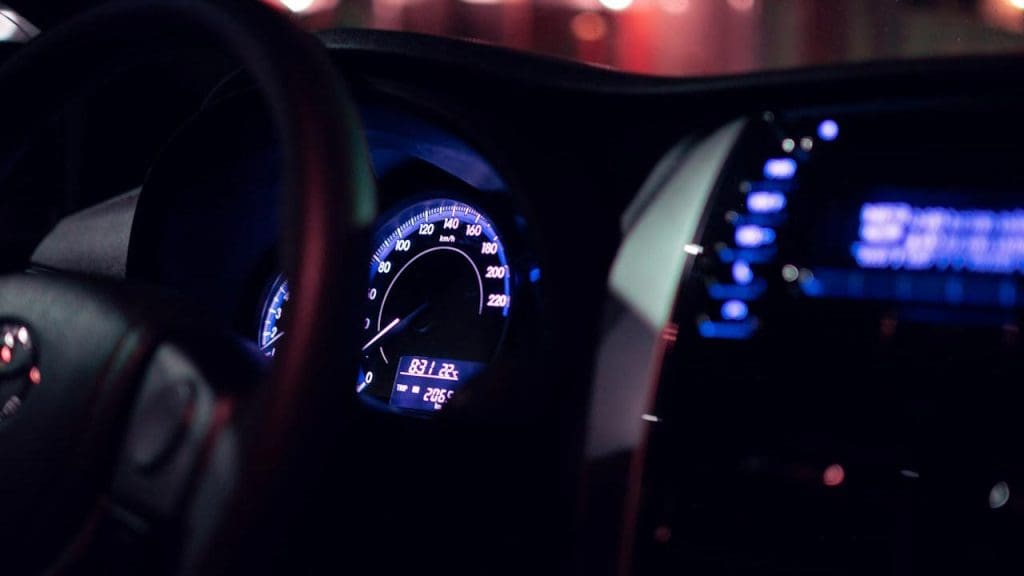
Advanced lighting setups within vehicle interiors can be visually appealing but also distracting for drivers. These displays can divert attention away from driving, increasing the likelihood of accidents. As safety remains a top priority, regulators might impose limits on the intensity and use of interior lighting to ensure drivers stay focused on the road.